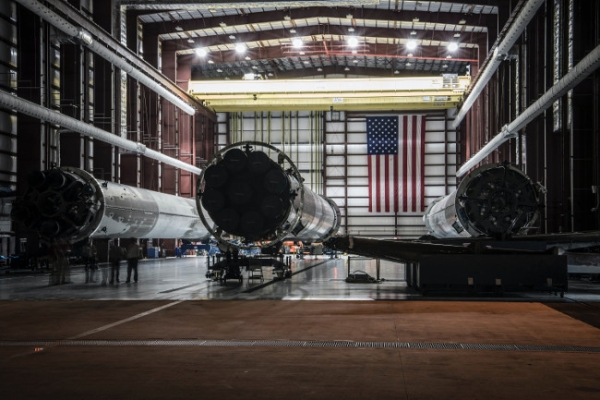
ANOUCK GIRARD
Professor of Robotics and Aerospace Engineering,
University of Michigan-Ann Arbor
2021–2022 Fulbright U.S. Scholar Program to Greece. Host: Technical University of Crete, Chania, School of Production Engineering & Management
Aerospace engineers design, build, and test things that fly, either in the atmosphere or in space. This includes quadcopters, electric planes, flying cars, jumbo jets, satellites like the James Webb Space Telescope, planetary exploration rovers, even flapping-wing robots that fly like birds.
Aerospace engineers typically go to college to study for 4 or 5 years. They take classes in math and physics, then progress to engineering courses in aerodynamics (how to move through air), propulsion (how to make a rocket), structures (how things break), dynamics and control (how to get the vehicle to fly where we want it to fly), navigation and computing (how to get information about where the vehicle is and what it is doing, and make decisions about where to go next).
Aerospace engineers who choose to go to graduate school study frontiers in the field. In recent years, aerospace has become greener (to reduce global warming), more commercial (new companies, like Space X, have different ways of doing things), more congested (many airplanes on routes, many satellites in orbit), and more competitive, because of global political tensions. Many aerospace engineers will be needed to take on those challenges!
Photo Credit: SpaceX for Unsplash

